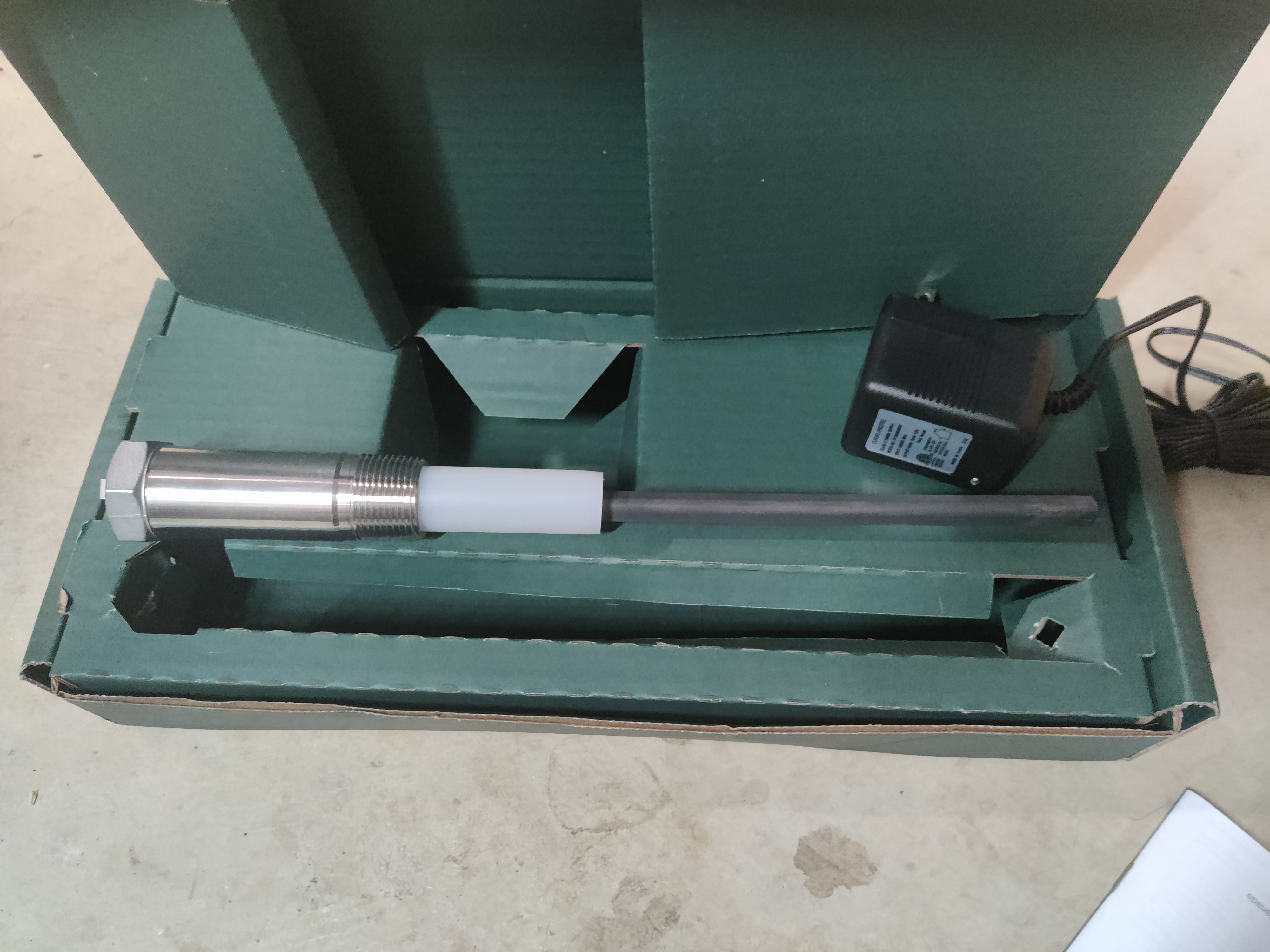Fixing the stink
Oct. 26th, 2024 11:07 amOur water here destroys the anodes in water heaters, making a hydrogen sulfide smell while it's at it. I think we got past that with the old water heater because the anode was eventually completely eaten away. With the new one, a few weeks on and suddenly we have a TERRIBLE sulfur smell.
Normal anodes are zinc, they create a small dielectric current that eats away at them instead of the tank. They're sometimes called "sacrificial" anodes. They're technically meant to be replaced occasionally because they get chewed up. This is all by design.
The problem is that there's a bacteria that thrives in the conditions caused by the zinc anode along with sulfur and iron in the water.
I did a bit of research and the best solution seems to be a powered anode. It's a short piece of titanium, and a small power supply. The idea is that the titanium does NOT get eaten up, but the power supply creates the same protective effect but does not give the bacteria a place to thrive.
An alternative method is to shock chlorinate the water but this is a huge pain in the butt and has to be done at least once a year on average. It involves dumping bleach down the well, running every faucet and toilet and shower until you smell chlorine, then leaving the water system unused for 24 hours (you can't use water during this time), and then flushing that all out again. For $150 I think the powered anode is a better idea.
With a normal water heater doing the replacement is super easy. With the hybrid, a bit less so but still not terrible. I had to cut power, disconnect the wiring, drain the hot water, remove the steel top, then spin the old anode out and install the new anode. There's a bit of force involved, it's a big threaded thing. 1/2" drive socket, a long extension and a breaker bar got the job done.
I put a valve in the hot water outlet side as well. It's not required but I decided I wanted one there.
The product:


The old anode rod:

The new one installed:

Normal anodes are zinc, they create a small dielectric current that eats away at them instead of the tank. They're sometimes called "sacrificial" anodes. They're technically meant to be replaced occasionally because they get chewed up. This is all by design.
The problem is that there's a bacteria that thrives in the conditions caused by the zinc anode along with sulfur and iron in the water.
I did a bit of research and the best solution seems to be a powered anode. It's a short piece of titanium, and a small power supply. The idea is that the titanium does NOT get eaten up, but the power supply creates the same protective effect but does not give the bacteria a place to thrive.
An alternative method is to shock chlorinate the water but this is a huge pain in the butt and has to be done at least once a year on average. It involves dumping bleach down the well, running every faucet and toilet and shower until you smell chlorine, then leaving the water system unused for 24 hours (you can't use water during this time), and then flushing that all out again. For $150 I think the powered anode is a better idea.
With a normal water heater doing the replacement is super easy. With the hybrid, a bit less so but still not terrible. I had to cut power, disconnect the wiring, drain the hot water, remove the steel top, then spin the old anode out and install the new anode. There's a bit of force involved, it's a big threaded thing. 1/2" drive socket, a long extension and a breaker bar got the job done.
I put a valve in the hot water outlet side as well. It's not required but I decided I wanted one there.
The product:


The old anode rod:

The new one installed:
